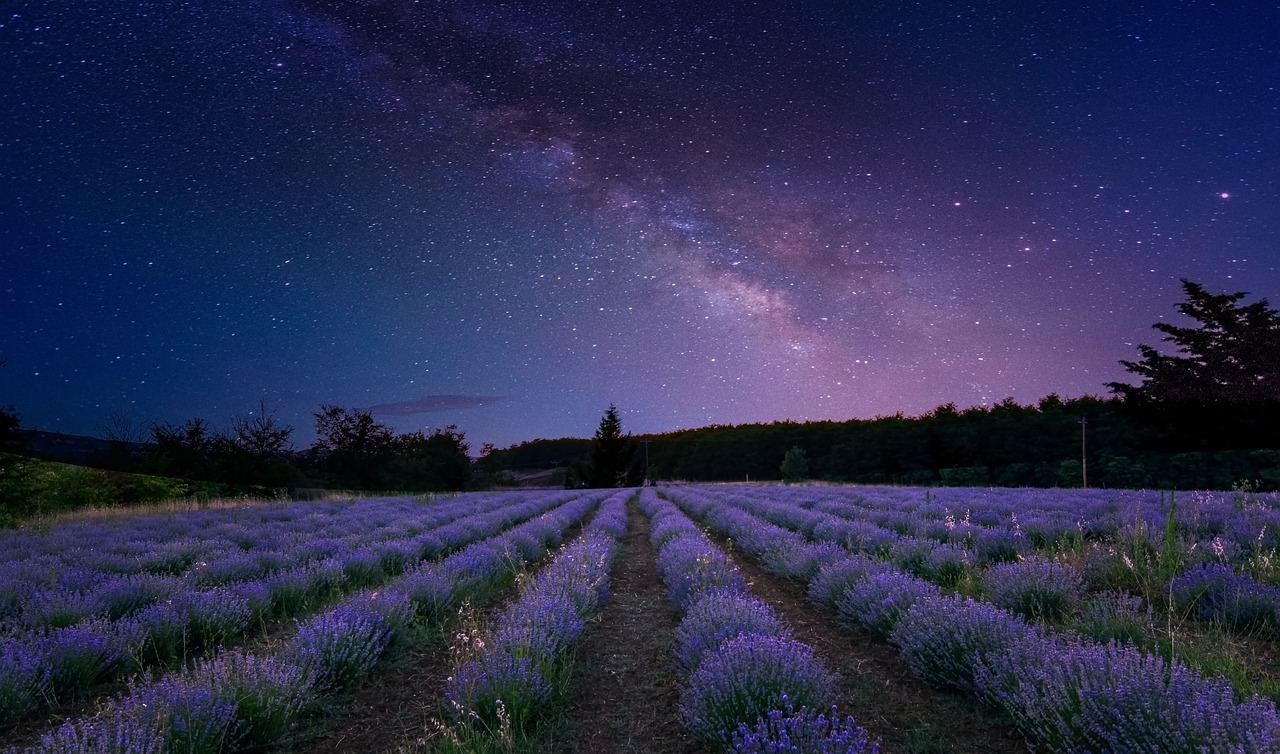The Milky Way galaxy, our celestial home in the vast expanse of the universe, is a captivating sight that has intrigued and inspired humanity for centuries. With its mesmerizing spiral arms, sparkling stars, and cosmic wonders, the Milky Way holds a beauty that is truly out of this world. But its allure goes beyond its stunning appearance; it also holds immense scientific significance that continues to fascinate astronomers and researchers.
When we gaze up at the night sky and witness the splendor of the Milky Way, we are witnessing a cosmic masterpiece that has been billions of years in the making. The formation of our galaxy is a complex and mysterious process that scientists are still unraveling. Through the use of advanced telescopes and cutting-edge technology, we are beginning to understand the origins and evolution of the Milky Way.
One of the key factors in unlocking the beauty and secrets of the Milky Way is the study of its stellar populations. Within our galaxy, there is a vast array of stars, each playing a unique role in shaping its appearance and dynamics. From massive and luminous stars that burn bright and short, to smaller, fainter stars that endure for billions of years, these stellar populations contribute to the tapestry of the Milky Way.
By delving into the mysteries of the Milky Way, we not only gain a deeper appreciation for its breathtaking beauty but also expand our knowledge of the universe and our place within it. The wonders and scientific significance of our galaxy continue to captivate our imaginations, driving us to explore and unlock the secrets of the cosmic marvel that is the Milky Way.
The Formation of the Milky Way
The Milky Way, our home galaxy, is a mesmerizing celestial wonder that has captivated astronomers and stargazers for centuries. Its formation is a complex and fascinating process that has been the subject of extensive scientific research. By studying the origins and evolution of the Milky Way, scientists have been able to gain insights into its structure, composition, and formation mechanisms.
According to current scientific understanding, the Milky Way formed approximately 13.6 billion years ago through a process known as hierarchical galaxy formation. This process involves the gradual merging of smaller galaxies to form larger ones, with the Milky Way being the result of numerous such mergers over billions of years.
The formation of the Milky Way is intricately linked to the presence of dark matter, a mysterious substance that makes up a significant portion of the universe’s mass. Dark matter plays a crucial role in the formation of galaxies by providing the gravitational pull necessary for the aggregation of matter. It is believed that dark matter halos, dense regions of dark matter, served as the scaffolding upon which the Milky Way and other galaxies formed.
As the Milky Way evolved, it began to take on its characteristic spiral shape. The galaxy consists of a central bulge surrounded by a disk, which is further divided into the thin disk and the thick disk. The thin disk is where most of the galaxy’s stars, including our Sun, reside. The thick disk, on the other hand, contains older stars and is thought to have formed through a process known as radial migration.
Understanding the formation of the Milky Way is not only crucial for unraveling the mysteries of our own galaxy but also for gaining insights into the formation and evolution of other galaxies throughout the universe. By studying the structure, composition, and formation mechanisms of the Milky Way, scientists continue to unlock the secrets of our cosmic home and expand our knowledge of the vast universe beyond.
Stellar Populations in the Milky Way
When gazing up at the night sky, it’s easy to be captivated by the sheer beauty and wonder of the Milky Way galaxy. But what exactly lies within this vast expanse of stars? The answer lies in the diverse array of stellar populations that call the Milky Way home.
At the heart of the Milky Way are massive and luminous stars, shining brightly and captivating our attention. These celestial giants, known as supergiants, are thousands of times larger and brighter than our own Sun. Their immense energy and radiation play a crucial role in shaping the appearance and dynamics of the galaxy.
However, the Milky Way is not solely composed of these dazzling supergiants. It is also populated by a multitude of smaller, fainter stars. These stars, known as dwarfs, may not shine as brightly, but they are no less important. In fact, they far outnumber their larger counterparts, making up the majority of stars in the galaxy.
Within this diverse mix of stars, there are also various types and classifications. From red giants to white dwarfs, each stellar population adds its own unique characteristics to the tapestry of the Milky Way. They contribute to the galaxy’s overall appearance, dynamics, and even its chemical composition.
By studying these stellar populations, scientists gain valuable insights into the formation and evolution of the Milky Way. They can unravel the intricate web of interactions and processes that have shaped our galaxy over billions of years. From the explosive deaths of massive stars to the gentle fusion of hydrogen in smaller ones, each stellar event leaves its mark on the cosmic landscape.
So next time you find yourself gazing up at the night sky, take a moment to appreciate the diverse array of stars within the Milky Way. They are not only a sight to behold but also a testament to the dynamic and ever-evolving nature of our galaxy.

